 Employee Experience Best Practices
Employee Experience Best Practices
Do you have an effective employee experience platform? If not, why not? Learn about the benefits right here — with a rundown on 15 of the best choices.
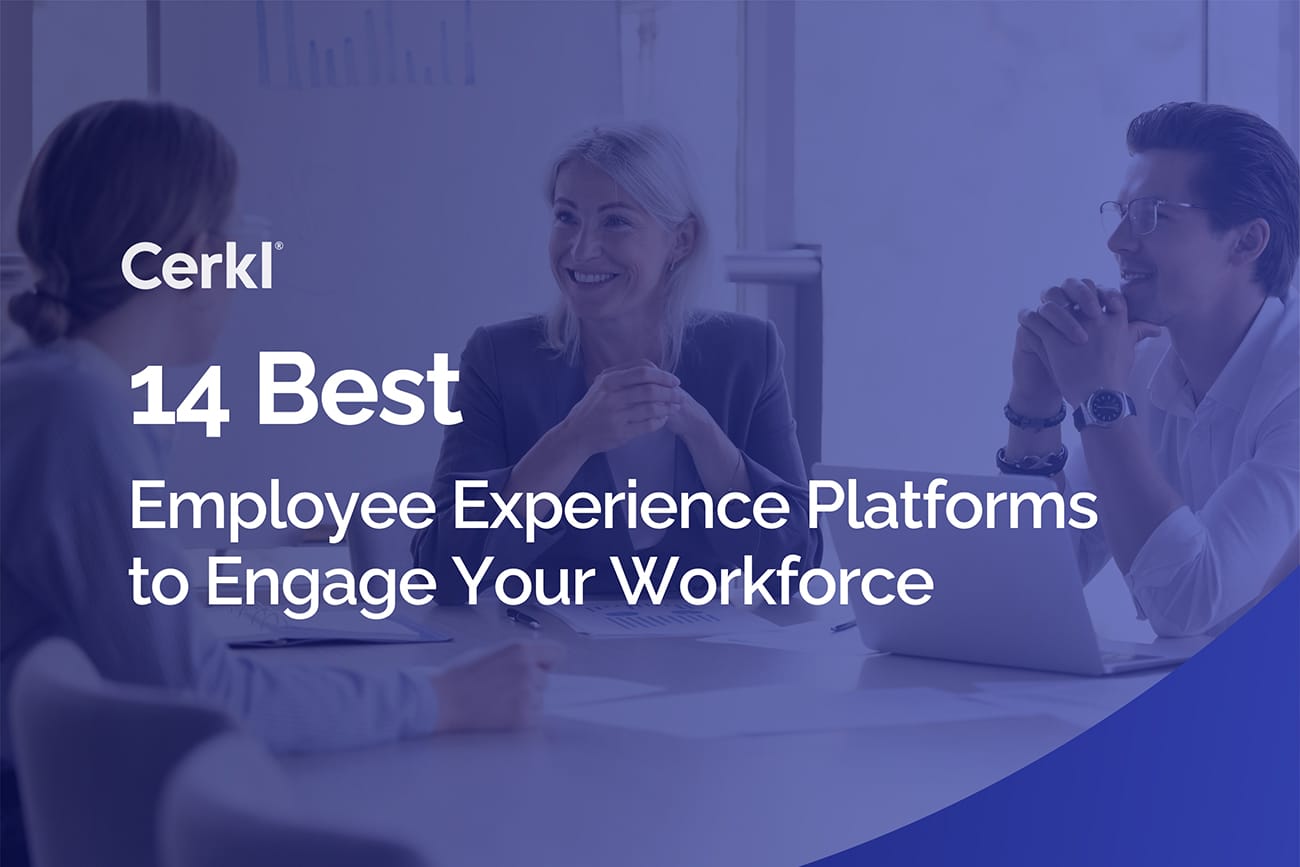
.webp)
Compare the features and capabilities of the top internal communication software platforms. Shop internal communication software with confidence knowing what you need and what these platforms provide.
Access NowThe modern workforce craves more than just a paycheck. Today workers at every level want a fulfilling employee experience (EX). A growing number of businesses are recognizing this shift. Consequently, they are investing in employee experience platforms to attract, retain, and empower their talent.
According to Forrester’s Predictions 2024, 66% of technology decision-makers who work in the software sector say they will invest in EX software during 2024. But, unfortunately, they predict that these investments won’t be used to their full advantage. Instead, Forrester believes they will prioritize budgets that make HR functions efficient over spending that improves employee engagement outcomes. But that’s not all bad, because it will create opportunities for companies that consciously choose to move toward EX.

The Qualtrics Employee Experience Trends 2024 report shows that employee experience has stabilized in recent years. It reveals that HR leaders can use experience management practices to help business leaders make “smart decisions.” The report points out that the HR function isn’t just “ just the glue between employees and the organization.” It has become “a critical growth driver.” Furthermore, HR executives are the key to guiding the vision for what comes next in EX.
Matt Evans, Head of EX Product Science at Qualtrics believes that combining HR and IT will raise the bar for employee experience.
‘‘The technology experience is, for many employees, inextricably linked to the employee experience. The ease with which work can be done is linked with wellbeing, and influenced by quality of tools and work processes. Thus, both the HR and the IT functions have a significant stake in how work gets done and the impact it has on how people feel about themselves and their companies.’’
Matt Evans
So, let’s focus on employee experience platforms.
Employee experience platforms (also referred to as EXPs) are like one-stop shops that offer a toolbox of features. These are designed to enhance every touchpoint in the employee journey, fostering a sense of belonging, and supercharging productivity. But, with a plethora of options available, selecting the right employee experience platform can be a daunting task.
Following through on the toolbox idea, it provides and integrates all the various tools and resources employees need to be productive. Components include:
The Zendesk EX Trends 2024 report, Unlocking the future of intelligent employee experiences, identifies key trends. It and HR leaders are:
However, the report says that while 83% of organizations agree that employee experience is a top priority, “IT and HR leaders grapple with the surge of applications used to keep workplaces together.” This, it says demonstrates the need for secure adaptable and AI tools.
By creating a more positive and engaging employee experience, employee experience platforms offer a multitude of benefits for both businesses and employees.
A good EXP fosters a sense of connection, purpose, and employee recognition, leading to a more engaged workforce. Engaged employees are more productive, satisfied, and less likely to leave. This improves employee retention and boosts overall satisfaction.
By streamlining tasks, providing clear goals, and fostering collaboration, EXPs can significantly improve individual and team productivity. This, in turn, drives business outcomes and revenue growth.
A positive employee experience is a powerful brand magnet. EXPs can help attract top talent by showcasing a company's employer brand, culture, and values. This leads to better candidate fit, reduced time-to-hire, and improved new hire quality. It also reduces costly turnover.
EXPs offer automated onboarding processes with access to company information, training materials, and peer introductions. This streamlines the onboarding process, reducing the time it takes for new hires to become productive. It also creates a smoother transition for new hires, helping them feel valued and prepared.
By providing a positive, engaging experience, an EX platform can improve employee retention rates. This reduces turnover costs, improves knowledge retention, and enhances business continuity.
Many EXPs offer valuable data and analytics about employee sentiment, engagement, and performance. They also provide actionable insights and analytics, enabling HR and business leaders to make data-driven decisions that drive business outcomes. This data can be used to inform strategic decisions that benefit both employees and the organization.
A good EX platform streamlines and can automate tasks like onboarding, performance management, and communication, freeing up the time of HR professionals so they can focus on strategic initiatives.
The best EXPs personalize the employee journey by tailoring communication, learning resources, and development opportunities to individual needs and goals. For example, employee experience platforms can recommend learning resources based on an employee's role and career aspirations. This creates a sense of individual growth and career development opportunities.
EXPs promote a positive work environment through features that encourage feedback, recognition, and work-life balance. By showcasing a company's culture, values, and mission, an EX platform helps build a stronger employer brand. This attracts top talent, improves employee engagement, and enhances business reputation.
In short, a good employee experience platform is an investment in your most valuable asset - your people. By creating a positive and engaging work environment, EXPs can empower your workforce, leading to a more successful and thriving organization and a seamless employee experience.
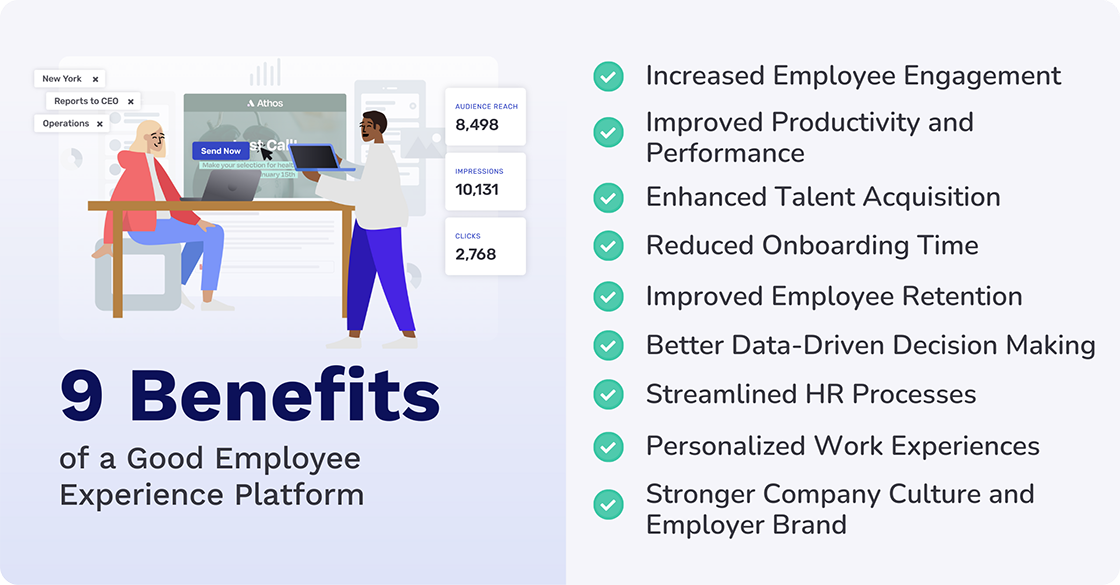
Feeling overwhelmed by the ever-growing landscape of employee experience platforms? We've narrowed the first choice down to five strong contenders known for their focus on employee engagement and a positive work experience.
Let's explore how these platforms can empower your workforce and propel your business forward.
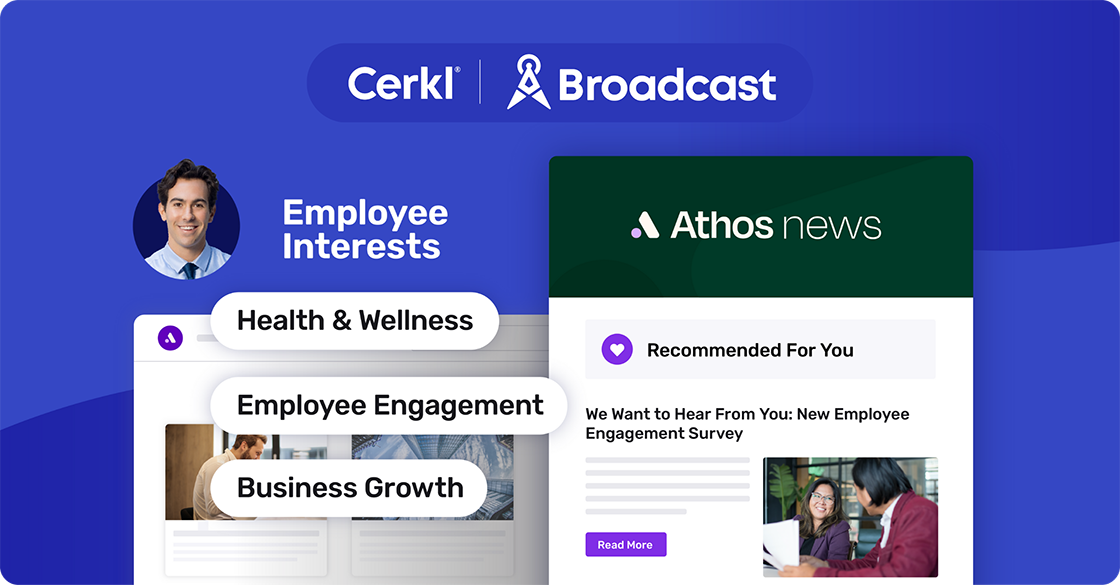
Cerkl Broadcast personalizes communication within the Cerkl employee experience platform. It goes beyond the ordinary with its focus on hyper-personalization. The platform curates NewsDigests and sends targeted Email Blasts based on AI-powered segmentation, ensuring employees receive information relevant to their roles and interests. This focus on audience segmentation fosters a sense of community within relevant groups and empowers employees to stay informed and engaged, ultimately leading to a more motivated and productive workforce.
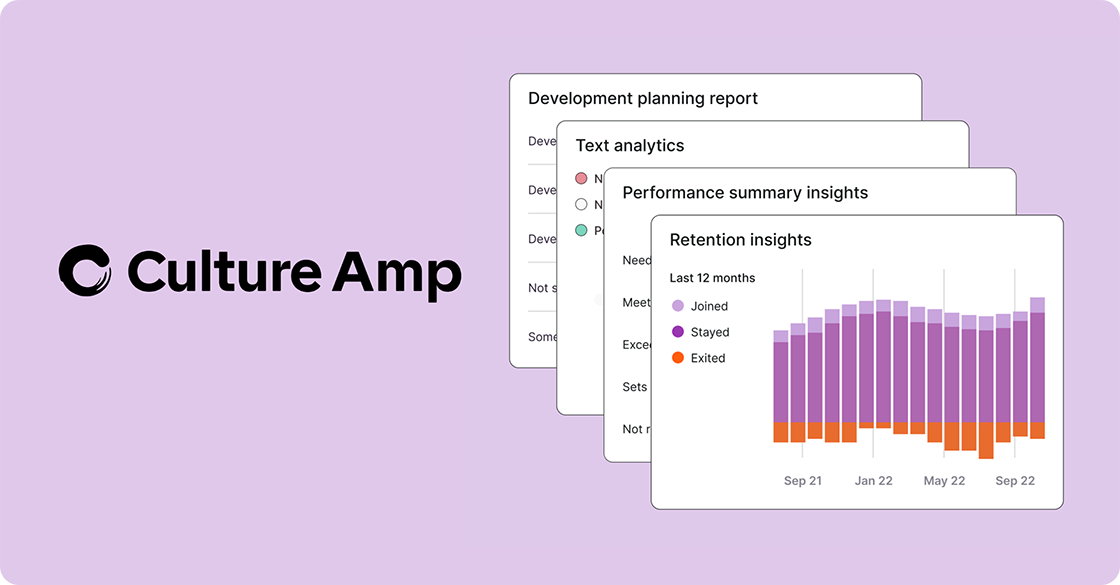
Known for its in-depth employee surveys and data analysis, Culture Amp helps companies understand and improve company culture. While Culture Amp doesn't offer direct personalized messaging features, it provides insights that can be leveraged to personalize communication strategies. For example, by identifying trends in employee sentiment across different departments, leadership teams can tailor town halls or internal communications to address specific concerns.

A giant in the experience management space, Qualtrics offers a comprehensive EX platform with features like engagement surveys and feedback tools. Qualtrics allows for some personalization in surveys and feedback mechanisms. Additionally, you can set up targeted surveys for specific departments or demographics, and use branching logic to deliver follow-up questions based on individual responses.
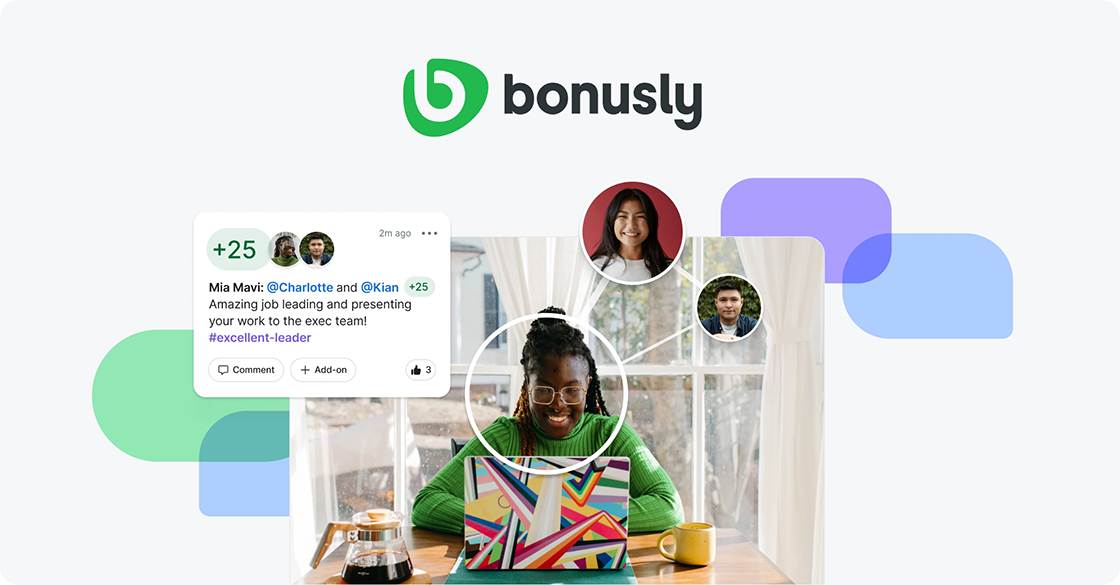
Bonusly shines in the field of recognition, allowing for personalized experiences. You can create recognition categories aligned with your company values, add personalized messages to peer awards, and leverage a social recognition feed to celebrate individual achievements.
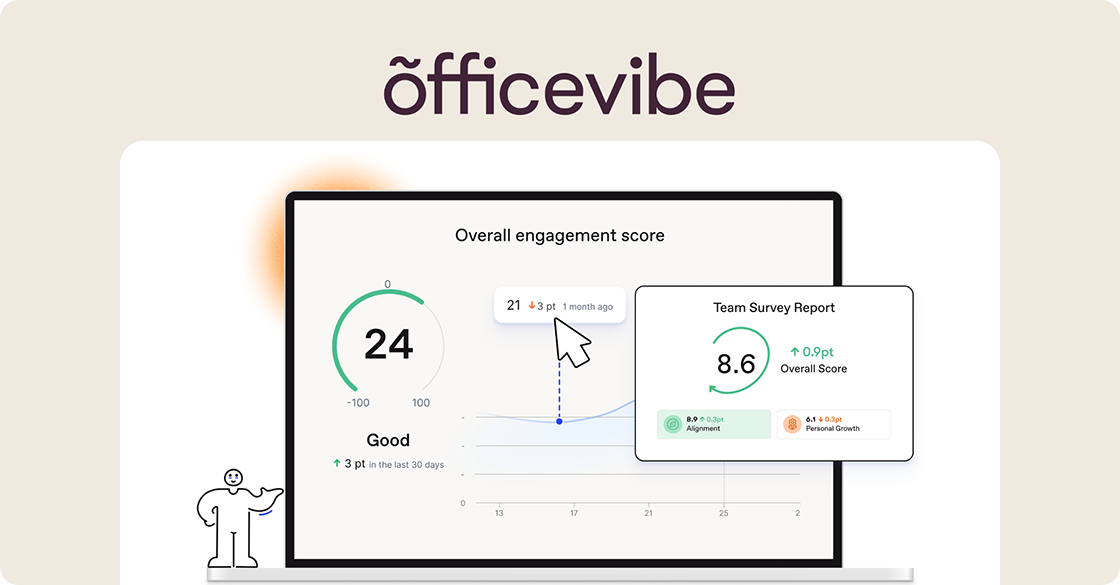
This platform prioritizes employee well-being, offering features like pulse surveys, recognition tools, and anonymous feedback channels. Officevibe allows for some personalization in pulse surveys and recognition programs. For instance, you can create targeted pulse surveys for specific teams and personalize recognition messages to celebrate individual achievements.
The Lattice platform focuses on performance management, offering tools for goal setting, performance reviews, and continuous feedback. While personalization isn't a core focus, the platform allows for some customization. Managers can set individualized goals for each employee and provide personalized feedback throughout the performance cycle.
Another leading player in the performance management arena, 15Five promotes a culture of continuous check-ins and feedback through its goal-setting and progress tracking features. 15Five allows for some level of personalization through its check-in templates. Managers can create custom templates with specific questions tailored to individual employees or roles.
This platform, from the HR powerhouse Workday, provides real-time employee insights via frequent pulse surveys and sentiment analysis. Peakon allows for some personalization in survey design and reporting. You can create custom pulse surveys with targeted questions for different employee segments and generate reports that highlight sentiment trends within specific departments.
Similar to Bonusly, Motivosity emphasizes social recognition and appreciation. Design recognition programs tailored to your culture, empower employees to recognize peers and managers, and award personalized badges for specific achievements to foster a culture of gratitude.
Leapsome takes a holistic approach, combining performance management, engagement, and development tools. It offers personalization through features like individualized development plans based on skills and goals, 360-degree feedback for a personalized view of strengths and weaknesses, and goal setting with alignment to foster a sense of purpose and contribution.
While personalization isn't a core strength, Hibob allows for some customization in areas like onboarding programs tailored to new hires, creating performance review templates with specific criteria for different positions, and segmenting internal communication to ensure targeted messaging.
Offers limited personalization features. You can create customizable performance reviews with specific goals for different roles, and empower employees through a self-service portal to manage their HR data. However, company announcements lack personalization options.
Excels in gathering employee feedback through anonymous pulse surveys. While it doesn't offer direct personalized messaging, the valuable insights can be used to personalize communication strategies. For example, you can tailor town halls or internal communications to address concerns within specific departments.
Focuses on fostering a fun and connected culture through features like recognition, social activities, and gamification. It allows for some personalization in recognition programs by letting you create programs that celebrate achievements aligned with your company values.
The modern workforce thrives on personalized experiences. A good employee experience platform recognizes this by tailoring the employee journey to individual needs and unique goals. This can include targeted communication, customized learning paths, and employee recognition programs that celebrate unique achievements.
Ultimately, personalization is about creating a tailored experience that resonates with each employee, making them feel seen, heard, and valued. It also increases employee engagement.
Let’s touch on some key aspects of personalization. Then we’ll suggest ways for you to achieve personalization in the employee experience.
Here are five key aspects to consider, relevance, customization, recognition, development, and well-being.
Employees want to receive information and communications that are relevant to their role, interests, and goals. Personalization helps ensure that they receive content that matters to them, reducing noise, and increasing employee engagement.
Employees have different learning styles, communication preferences, and work habits. Personalization allows for customization of the employee experience by accommodating individual differences and promoting a more effective and efficient work environment.
Personalization helps recognize and reward employees for their unique contributions, skills, and achievements. This fosters a sense of appreciation, motivation, and belonging.
Personalization enables employees to take ownership of their growth and development, with tailored learning paths, mentorship, and career guidance that align with their strengths, interests, and aspirations.
Personalization considers the whole employee, including their physical, emotional, and mental well-being. This leads to a more supportive and inclusive work environment, promoting employee health and happiness.
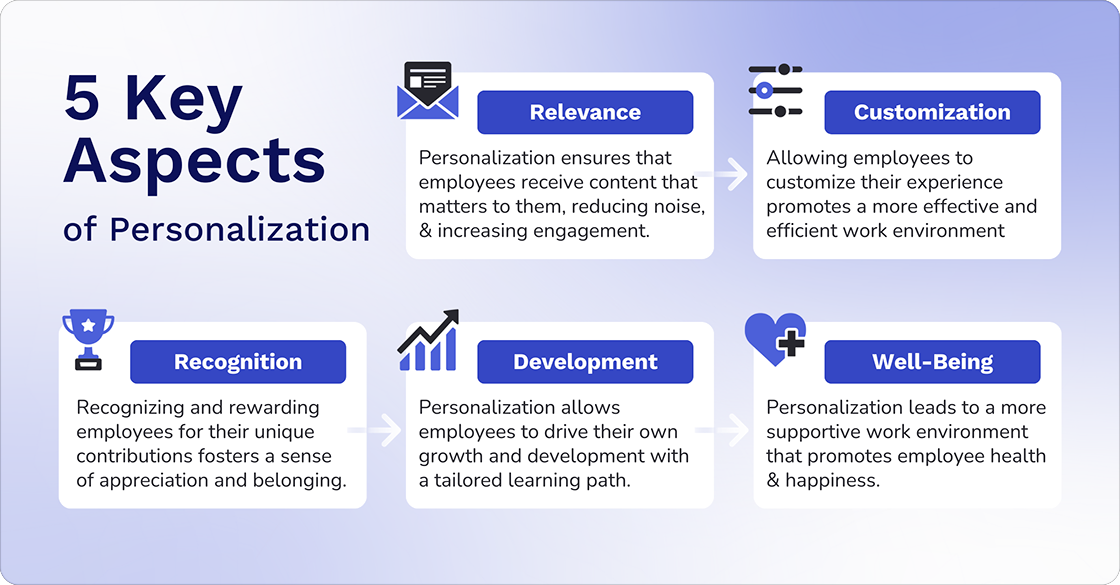
There are various strategies organizations can leverage when personalizing EX. Try these.
Analyze employee data to understand their needs, preferences, and behaviors.
Group employees based on shared characteristics, interests, or goals to tailor communications, and experiences.
Offer relevant, bite-sized content that resonates with individual employees, rather than a one-size-fits-all approach.
Regularly solicit feedback to understand employee needs, concerns, and suggestions.
Leverage HR systems, learning platforms, and communication tools to create a seamless, personalized experience.
This could be the million dollar question! However, there’s no one simple answer. When assessing your internal communications strategy, you can be sure that an employee experience platform plays a vital role in achieving personalization in the employee experience. Here's how:
Good employee experience platforms serve as a centralized hub for employee data, integrating information from various HR systems, learning platforms, and communication tools. This unified data hub enables organizations to gain a single, accurate view of each employee, facilitating personalized experiences.
The platform helps create detailed employee profiles, capturing information about their roles, skills, interests, goals, and preferences. These profiles enable personalized content recommendations, tailored learning paths, and targeted communications.
Employee experience platforms can curate content from various sources, including HR systems, learning platforms, and internal communications. This curated content is then personalized for each employee, ensuring they receive relevant information and resources.
The platform enables organizations to create targeted, personalized communications that resonate with individual employees. This includes tailored messaging, notifications, and alerts that cater to each employee's preferences and needs.
An employee experience platform can offer personalized learning recommendations, career guidance, and development opportunities that align with each employee's strengths, interests, and goals.
The platform provides real-time feedback and analytics, enabling organizations to understand employee sentiment, preferences, and behaviors. This insights-driven approach helps refine personalization strategies and improve the overall employee experience along with employee engagement.
A good employee experience platform seamlessly integrates with existing HR systems, learning platforms, and communication tools. This ensures a cohesive, personalized experience across all touchpoints.
By providing a personalized experience, the platform fosters employee engagement, motivation, and loyalty, leading to improved productivity, retention, and overall business success.

Beyond personalization, employee experience platforms offer a range of features to create a positive and productive work environment. They will also help to improve employee engagement and encourage employee recognition.
Automating tasks like onboarding and performance management frees up HR professionals and streamlines processes.
An EX platform should simplify and automate various HR tasks. Ultimately, this should make making it easier for HR teams to manage employee data, benefits, time-off requests, and other administrative tasks. This includes:
Employee experience platforms facilitate clear communication across teams and departments, fostering a collaborative work style. This is because effective communication and collaboration are crucial for employee engagement and a positive employee experience.
An EX platform should facilitate:
Many platforms offer valuable data and analytics about your workforce, enabling informed decisions. When you assess which platform to use, bear in mind that a good EX platform should provide actionable insights to help organizations understand their employees' needs, preferences, and behaviors. This includes:
Gamification and other engaging features can boost employee motivation and satisfaction. However, an EX platform should enable organizations to create engaging, interactive experiences for their employees. This includes not only Gamification and incentives to encourage employee participation and engagement but also:
Cerkl Broadcast stands out as a powerful tool within the employee experience platform. It focuses on personalized communication. Broadcast offers many features including:
By prioritizing personalization and offering a suite of valuable features, Cerkl Broadcast empowers employees and fosters a thriving work environment.
You can boost your internal communications with Cerkl Broadcast. We offer an innovative platform that sends personalized emails and intranet content to keep employees informed and engaged. With millions of satisfied employees worldwide, our solution helps streamline communication and increase employee satisfaction. Schedule a demo with us to discover how Cerkl Broadcast can transform your company's internal communication.